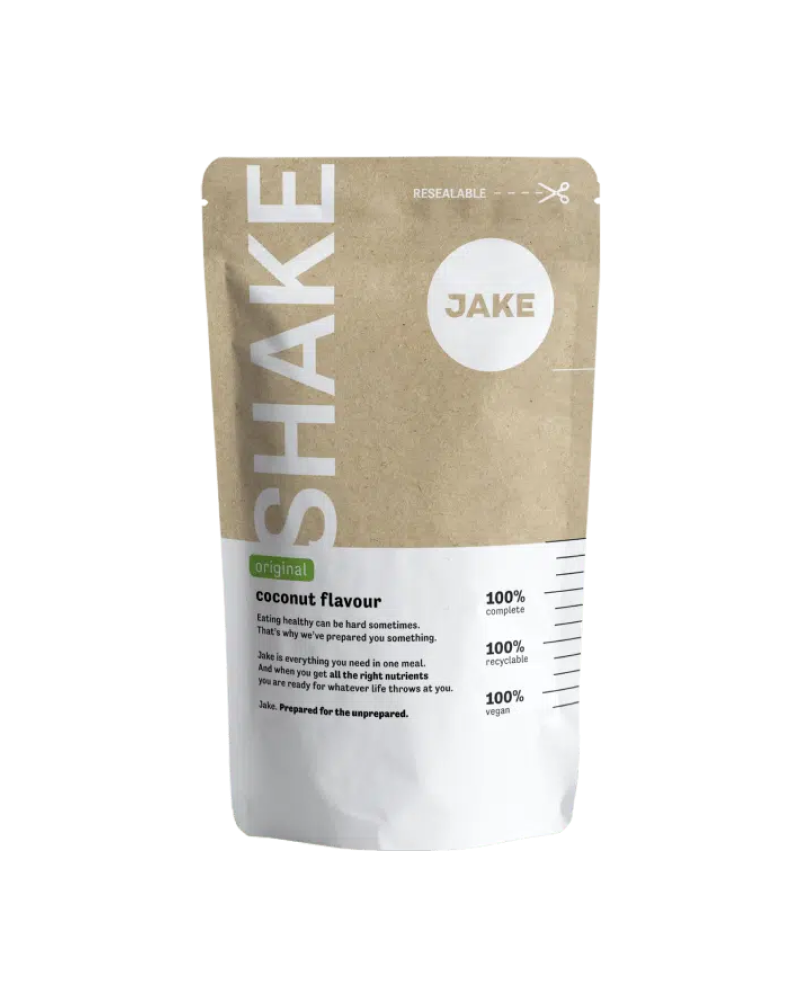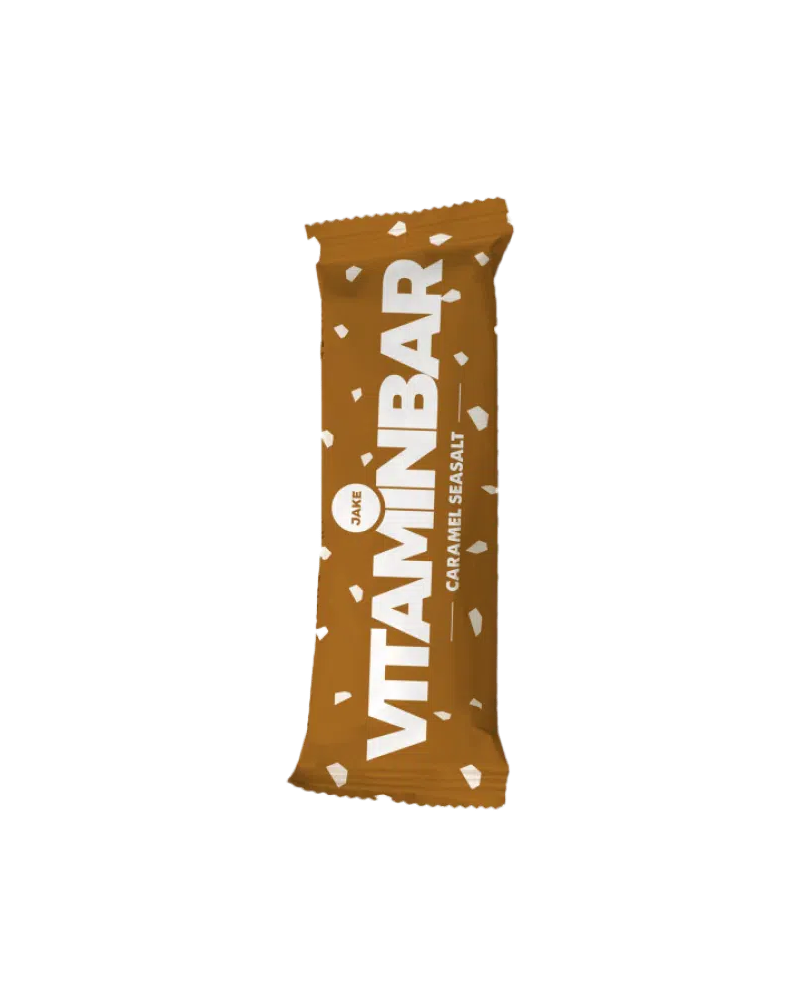6-minute read•July 11th, 2018
What comes to mind when you hear ‘vitamin B9’? Probably nothing in particular.
More commonly known as ‘folic acid’, vitamin B9 is a key supplement during pregnancy. So, unless you’re pregnant or close to someone who is, you probably don’t know much about it. It’s worth changing that, because vitamin B9 is equally important for all of us.
Let’s take a closer look at its functions.

Short on time?
Names: Vitamin B9, folate, folic acid
Good sources: Liver, spinach, asparagus. Also found in a variety of fruits, nuts, beans and seafood.
Recommended dietary allowance (RDA): 330 mcg/day for healthy adults; 600 mcg/day during pregnancy. The maximum intake level of folic acid unlikely to cause side effects is 1 mg/day.
Vitamin B9 (folic acid) in Jake:
Jake Light and Original: 33% of RDA
Jake Sports: 25% of RDA
Vitaminbars: 25% of RDA
What is vitamin B9?
Vitamin B9 is a water-soluble vitaminVitamins can be water-soluble and fat-soluble. Water-soluble vitamins can be dissolved in water and are not stored in the body. It’s most commonly known as folate or folic acid. These two forms of vitamin B9 are slightly different.
Folate refers to the naturally-occurring vitamin B9 found in food. In the digestive system, it’s first converted to its active form, 5-methyltetrahydrofolate, before it enters the bloodstream.
Folic acid is the synthetic form of vitamin B9 and is often preferred as a dietary supplement, due to its high bioavailabilityThe degree to which a substance is absorbed in the body and can be utilised for physiological functions.. Your body will absorb around 18% more folic acid than folate from an equal intake of each.
How much vitamin B9 do you need?
Healthy adults need 330 mcg of vitamin B9 per day to meet their dietary needs.This amount reflects the recommended dietary allowance (RDA) according to the European Food Safety Authority (EFSA). An RDA is the average daily intake sufficient to meet the nutritional requirements of 97-98% of healthy individuals. In practical terms, this equals 130 grams of beef liver.
Women of childbearing age are advised to take 400 mcg of vitamin B9 per day as early as possible prior to conception. During pregnancy and lactation, the recommended daily intake is increased to 600 mcg and 500 mcg, respectively.
Vitamin B9 in foods
True to its name, vitamin B9 is found in many dark green leafy vegetables. However, there are various other sources of vitamin B9, including liver, yeast, some fruits, nuts, beans and seafood.
These are the top sources of vitamin B9:
| Food | RDA (%)* | Vitamin B9 (mcg) |
|---|---|---|
| Beef liver (100 g) | 77% | 253 |
| Spinach, raw (100 g) | 59% | 194 |
| Asparagus, boiled (100 g) | 45% | 149 |
| Peas, green, raw (100 g) | 20% | 65 |
| Brussels sprouts, boiled (100 g) | 18% | 60 |
* Based on the recommended dietary allowance (RDA) established by EFSA for healthy adults (330 mcg/day)
How much vitamin B9 is too much?
There is currently no evidence of negative health effects following high intakes of the naturally occurring form of vitamin B9, folate. However, excessive consumption of folic acid is associated with a certain health benefit that is actually a health risk, too: Folic acid doses higher than 5mg/day can ‘mask’ a vitamin B12 deficiency by correcting anaemia, one of its typical symptoms. As a result, diagnosis and treatment of a vitamin B12 deficiency can be delayed, potentially leading to permanent brain, spine and nerve damage.
To avoid negative health consequences, folic acid consumption should be limited to a maximum of 1mg/day.This is the tolerable upper intake level (UL) set by the European Food Safety Authority (EFSA). No adverse health effects are expected at this level of intake.
Afraid to miss out on essential nutrients your body needs? You can always take our Jake meal replacement shakes or one of our delicious meal replacement bars.








